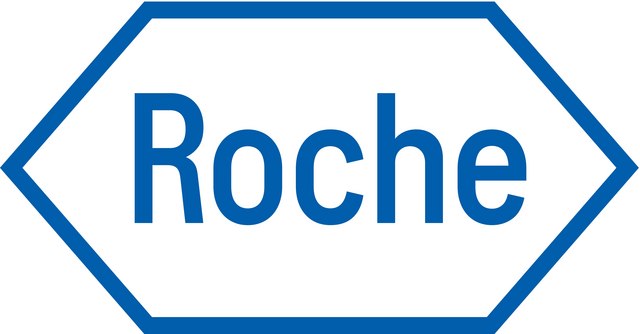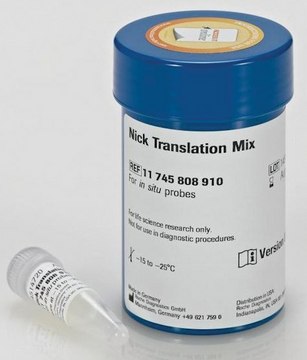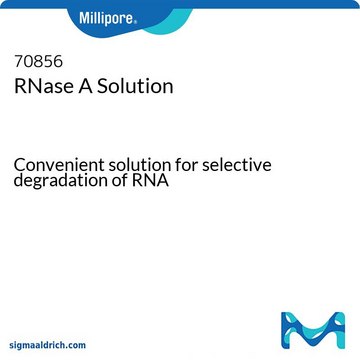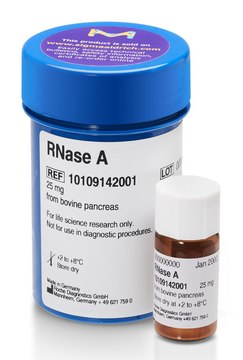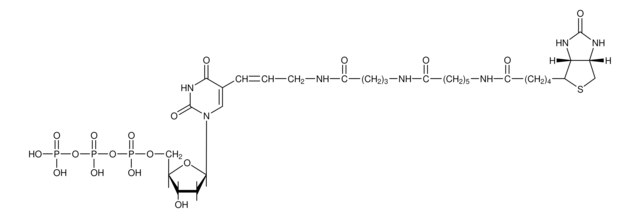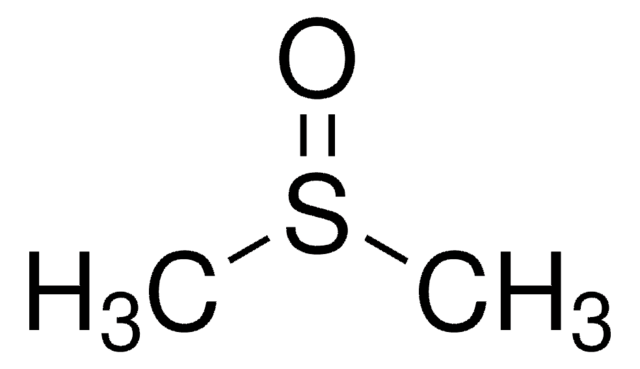11534378910
Roche
Tetramethyl-Rhodamine-5-dUTP
Synonym(s):
Rhodamine-5-dUTP tetralithium salt, Tetramethylrhodamine-5(6)-(5-[3-carboxamidoallyl]-2′-deoxyuridine 5′-triphosphate)
Select a Size
CN¥603.26
Available to ship onApril 14, 2025Details
Select a Size
About This Item
CN¥603.26
Available to ship onApril 14, 2025Details
Recommended Products
grade
Molecular Biology
Quality Level
Assay
97.7% (HPLC)
form
solution
mol wt
990.5
packaging
pkg of 25 μL (25 nmol; 1mM)
manufacturer/tradename
Roche
concentration
1.0 mmol/L (Tetramethylrhodamine-5-dUTP (Abs. 551 nm))
color
clear red
mp
~0 °C
Looking for similar products? Visit Product Comparison Guide
1 of 4
This Item | RTC000103 | 41639 | D2438 |
|---|---|---|---|
| application(s) cleaning products | application(s) pharmaceutical small molecule | application(s) - | application(s) - |
| format neat | format - | format - | format - |
| Quality Level 100 | Quality Level 300 | Quality Level 200 | Quality Level 400 |
| grade analytical standard | grade certified reference material, pharmaceutical secondary standard | grade for molecular biology | grade BioPerformance Certified |
| assay ≥99.95% (GC) | assay - | assay ≥99.5% (GC) | assay - |
General description
Application
Quality
Analysis Note
Other Notes
Storage Class Code
12 - Non Combustible Liquids
WGK
nwg
Flash Point(F)
does not flash
Flash Point(C)
does not flash
Choose from one of the most recent versions:
Already Own This Product?
Find documentation for the products that you have recently purchased in the Document Library.
Our team of scientists has experience in all areas of research including Life Science, Material Science, Chemical Synthesis, Chromatography, Analytical and many others.
Contact Technical Service